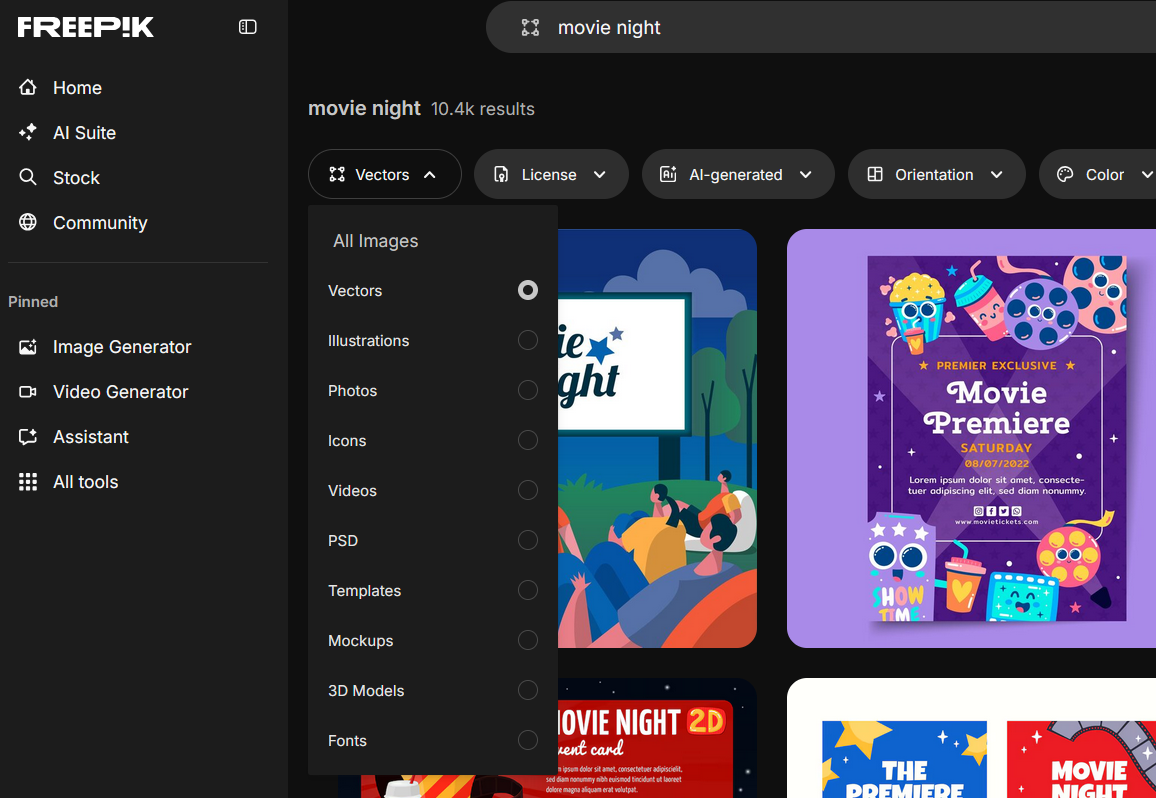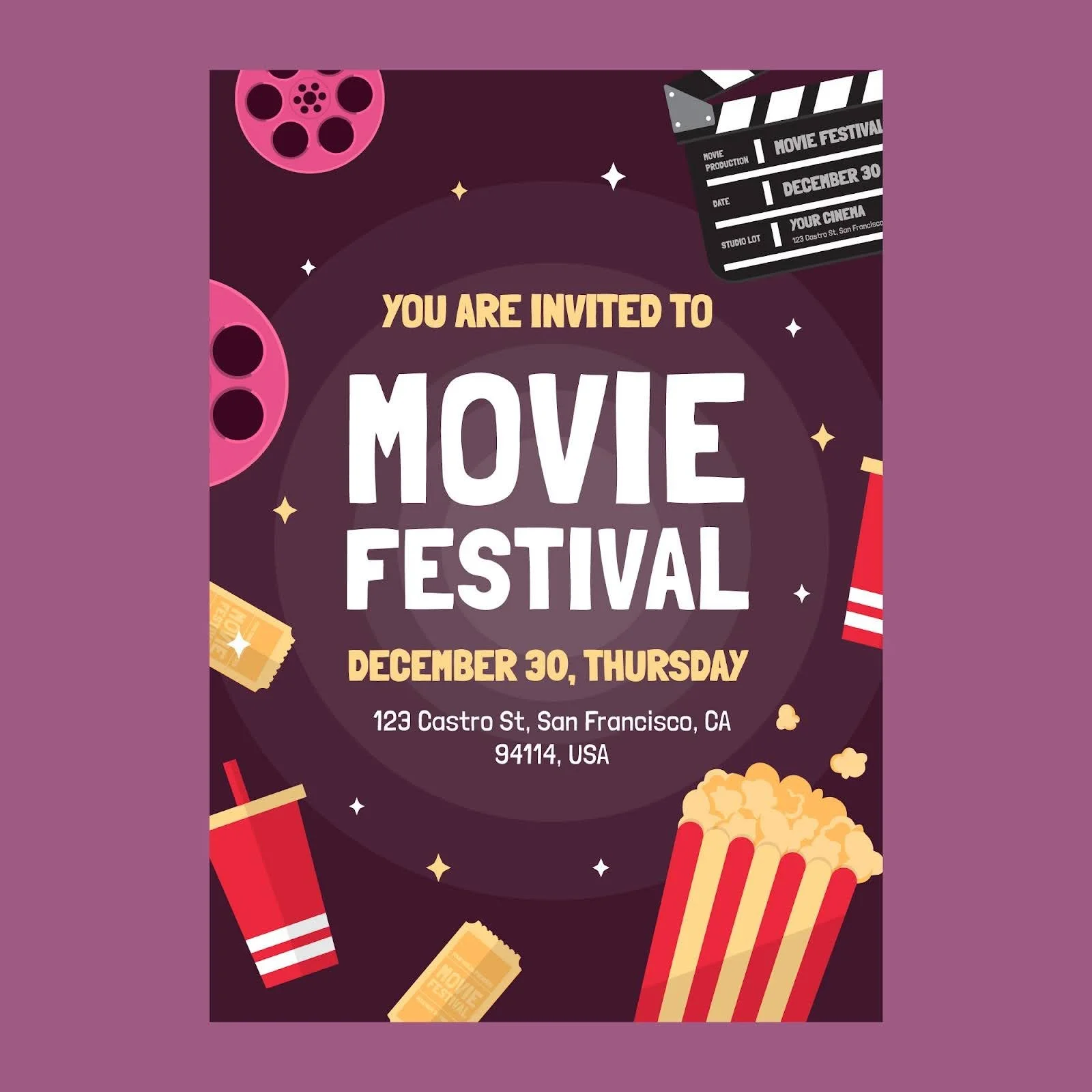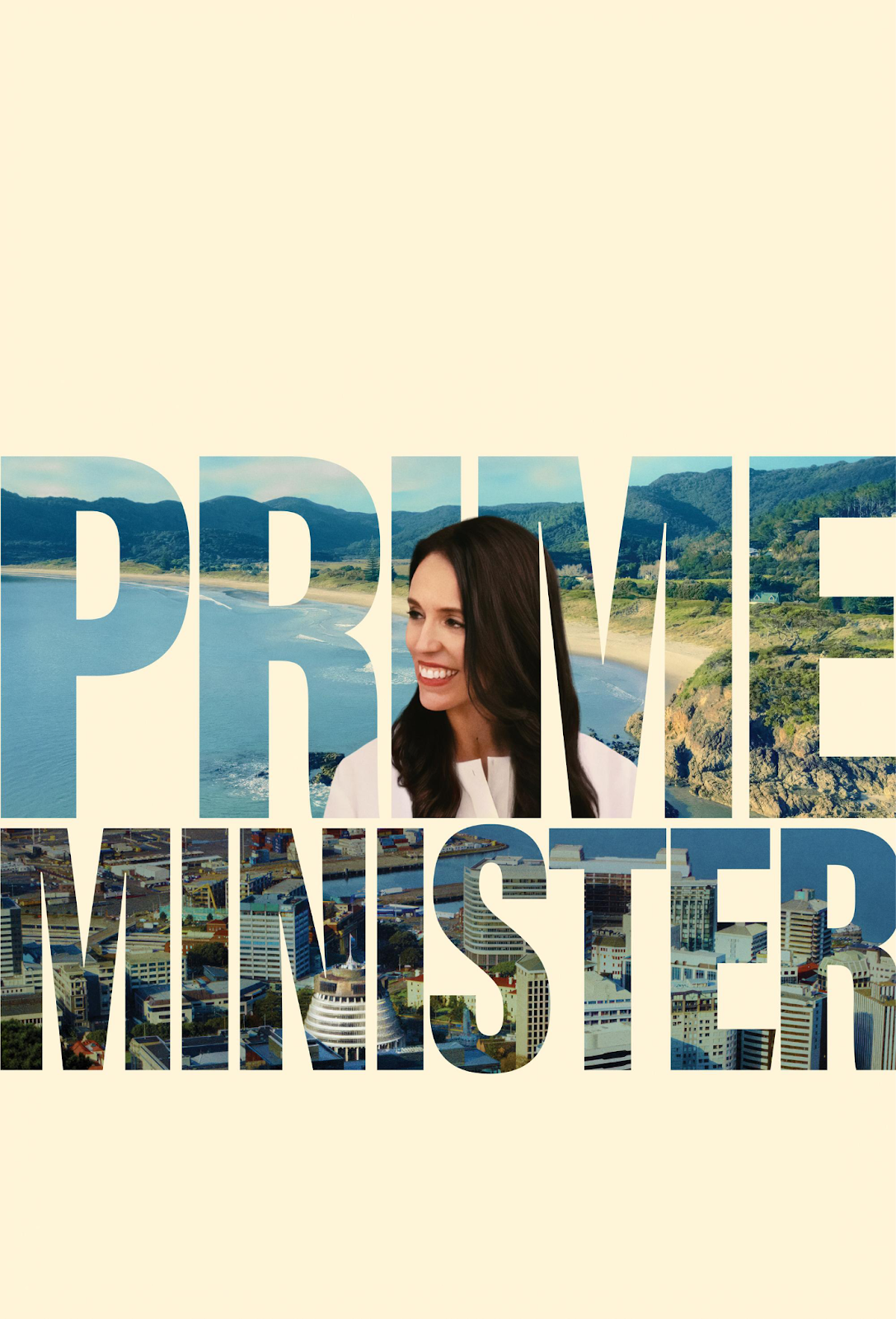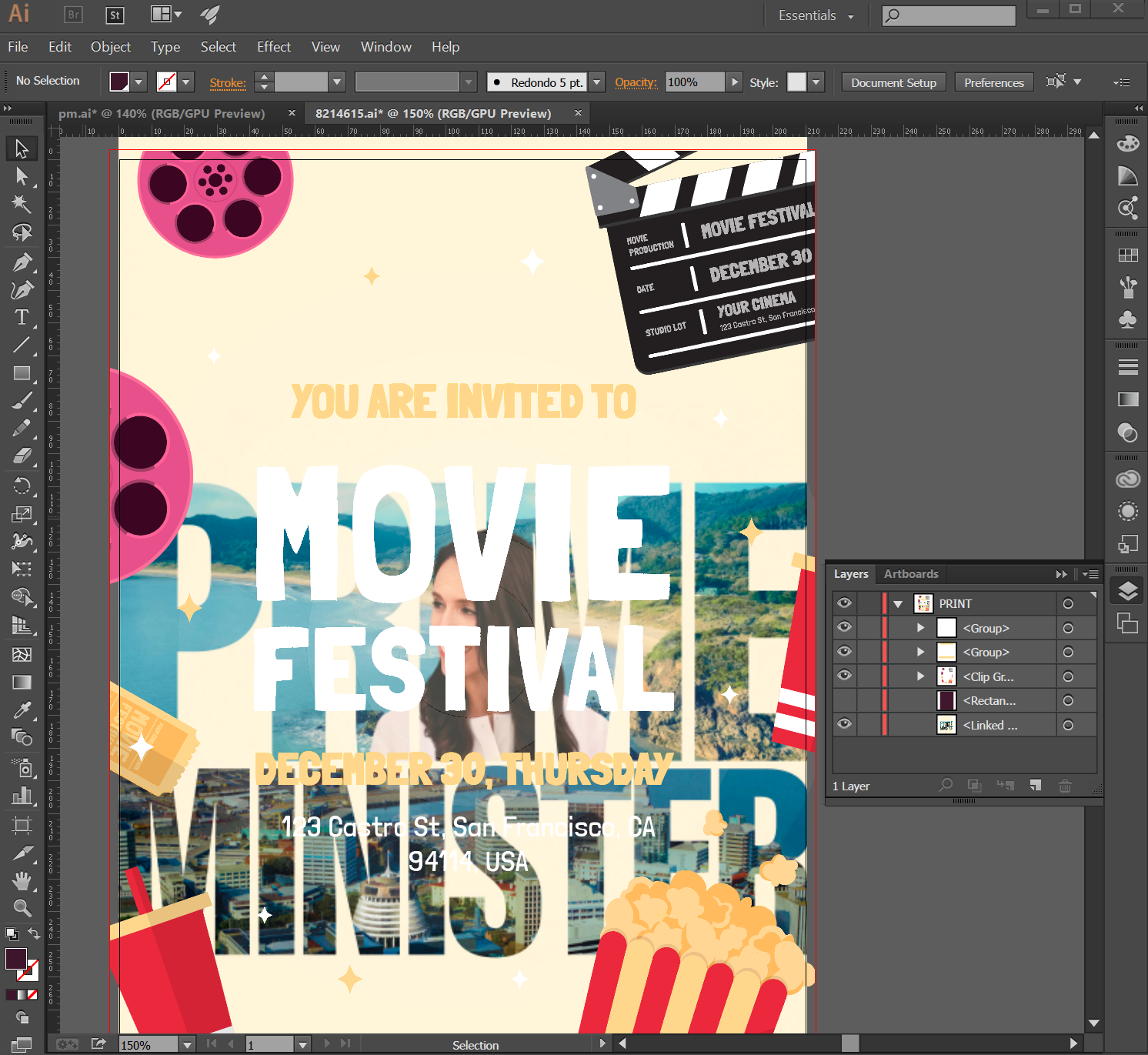How to be Amazing at Graphic Design without being an Artist
How-To Design Article by: Loïc Joachim
I have never much been into art. Don’t get me wrong, I like looking at it and admiring it but I have never wanted to learn to be an artist myself. However through my work at Timeclock.Kiwi I have slowly become very good at making beautiful interfaces, icons and pictures and now regularly create new things that look great whilst still not being able to draw.
The reason this happened is because I would be making interfaces for the programs my team were developing so was forced to figure out methods that worked for me to get the job done. So now I want to teach you my ways.
What tools to use?
My favourite tool for making pictures is Adobe Illustrator. The reason for this is that Illustrator allows you to draw with lines to make shapes, which you can colour in. The big advantage for someone like me is that I can go back and tweak the lines or the shapes as many times as I need until it looks just right.
Getting started: The documents format
The first thing to figure out is what are the shapes and sizes of what you are making the picture for. Is it a logo for a website? Is it a poster for a bus stop? Is it a wedding invitation that will be printed into cards?
Once you know what you are making you can break your document up into the right sizes and shapes. It is important to do this first and to get it right because changing this later is extremely painful.
Look for a design that inspires you
When it comes to making something beautiful it is important to remember our biggest strength as humans. Learning and adapting from others to make incremental improvements. Don’t try and invent the world's most wonderful design by yourself. Start by researching what others have done and see what changes you can make to improve or adapt them.
My favourite place to start when doing this is Freepik. Before you start your search, filter your results to only include “Free” and “Vectors” (until you decide to buy a subscription).
Pick a design from here that has the layout you like. Don’t worry about things like colors or where each thing is positioned because this can all be changed.
In this example I want to make a poster for a movie night we are hosting! I chose this design:
The first thing I did was find a poster for the actual movie, and cut away everything that was unnecessary using photoshop. This is the end result:
Then I replaced the background with my new photoshopped image:
Make it your own
Now is the time to think about how you want to make this picture your own. Do you want to include a plant? Do you want a puppy jumping up on the plant? Search for vector drawings of these on Freepik or an image search and drag them into your picture as new layers. Try and get something that sort of matches the same art style but don’t worry about the colours of the things you find. In this case I mostly just changed the colors of things that were already there and moved them around to fit nicely with my text.
Before long you will have something that is perfect for what you need and highly personalised (if this looks weird it is because I have hidden some parts).
This is a great way to start and before long you will learn how to move vector shapes around and create new ones by yourself. Whilst I have skipped over the specifics on how to use the tools in Illustrator there are many tutorials online for how to use them, with time and practice you will get to know them all. This is to illustrate the general principles and ideas of my process.
And don’t forget to attribute your sources and upload your finished project so someone else can use that as their template next time!
Author Bio:
Loïc Joachim is a New Zealand-based IT professional, entrepreneur, and political figure, currently serving as the Managing Director for Timeclock.Kiwi and the IT Manager for the O'Brien Group. He is also involved in politics as the Deputy Chair of the Dunedin Labour Party and is a prolific writer who shares his knowledge and opinions on technology, business, and political affairs.







